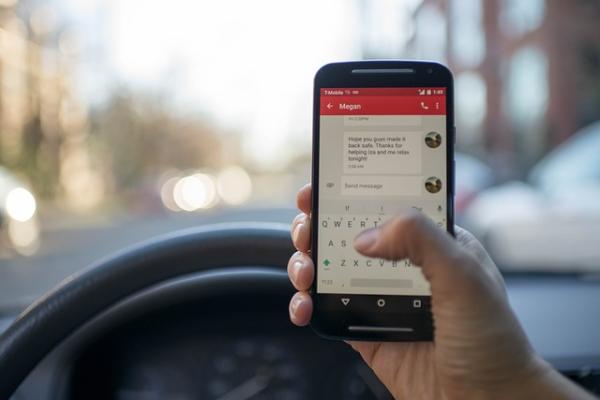Using a cell phone while driving is considered bad form, 47 states ban texting, 15 states prohibit hand-held cell phone use, and oddly enough a few states restrict these bans only to novice drivers – presumably because multi-tasking is a skill we can learn. A meta-analysis in the journal Human Factors updates what we know about using cell phones while driving.
The analysis considered only experimental studies, no surveys or epidemiological reports. They looked at studies examining driving performance, in traffic situations or scenarios, and more specifically at driving while talking – that includes all conversations, on the phone and with passengers. The studies had to have a baseline measuring of driving without conversation. 93 papers make up the meta-analysis, 106 experimental situations involving a little under 4,400 drivers. They looked at a variety of driving-related behaviors including the perception of hazards; highway speed and distance between cars, the position of the car within the lane and driver eye movements.
Cell phone conversation does impact driving, with both a slower identification of hazards and a slower reaction time. Also, scanning the environment was diminished, drivers looked less to the left and right and in rear view mirrors. Drivers engaged in conversation did not slow down or increase the distance between themselves and the car ahead of them. All of these small changes resulted in increased “collisions with vehicles, pedestrians, and infrastructure.” With some minor differences, hands-free and hand-held phones demonstrated similar problems. Hands-free, when fully integrated into the car’s audio did allow drivers to keep both hands on the wheel but still reduced the driver’s awareness of the driving environment.
Conversations with passengers also degrade driver awareness in part, based on how engaging and thought-provoking the conversation is. (Perhaps husbands are just paying more attention to the road out of driving concerns?) None the less, reaction times, lane position, speed and distance from the leading cars all were worse than driving without conversation – and again, the decrease in driver awareness and response resulted in more collisions.
Dialing the phone is not a good idea either, almost as dangerous as texting. While there are newer ways to dial, e.g., speed dialing substituting 1 number for 10 or by vocal commands, taking your eyes off the road remains a bad idea.
For those of us that cling to the need for conversation while driving there are at least two objections to this meta-analysis. First, these experiments were not all in actual driving conditions; some studies were conducted in laboratories – unfortunately, except for road speed, whether on the road or in the laboratory, all the measures moved in the same direction, although not necessarily to the same degree. (Road speed slowed while conversing and driving on an actual track or road) Second, a conversation is not the only way to be distracted, some people day-dream or think about “other things” while driving. Again, for the rabid cell phone user, the news is not good. Thinking about other things do distract, but cell phones demonstrate a more significant effect.
It is hard to know what to do, conversation, in person, holding the phone, talking hands-free all reduce our attention to driving; conversation reduces our situational awareness. For the moment maybe it is better to listen to the radio and sing-along with tunes. (The research appears to be mixed on whether music does or does not impair driving.) Situational awareness will become increasingly important as those driverless cars take the road, if we are so distracted while conversing when we are required to pay attention to the road, how will we fare when we are suddenly asked to take control and have to look up from our book or movie?
Source: Does Talking on a Cell Phone, with a Passenger, or Dialing Affect Driving Performance? An Updated Systematic Review and Meta-Analysis of Experimental Studies. Human Factors DOI: 10.1177/0018720817748145



